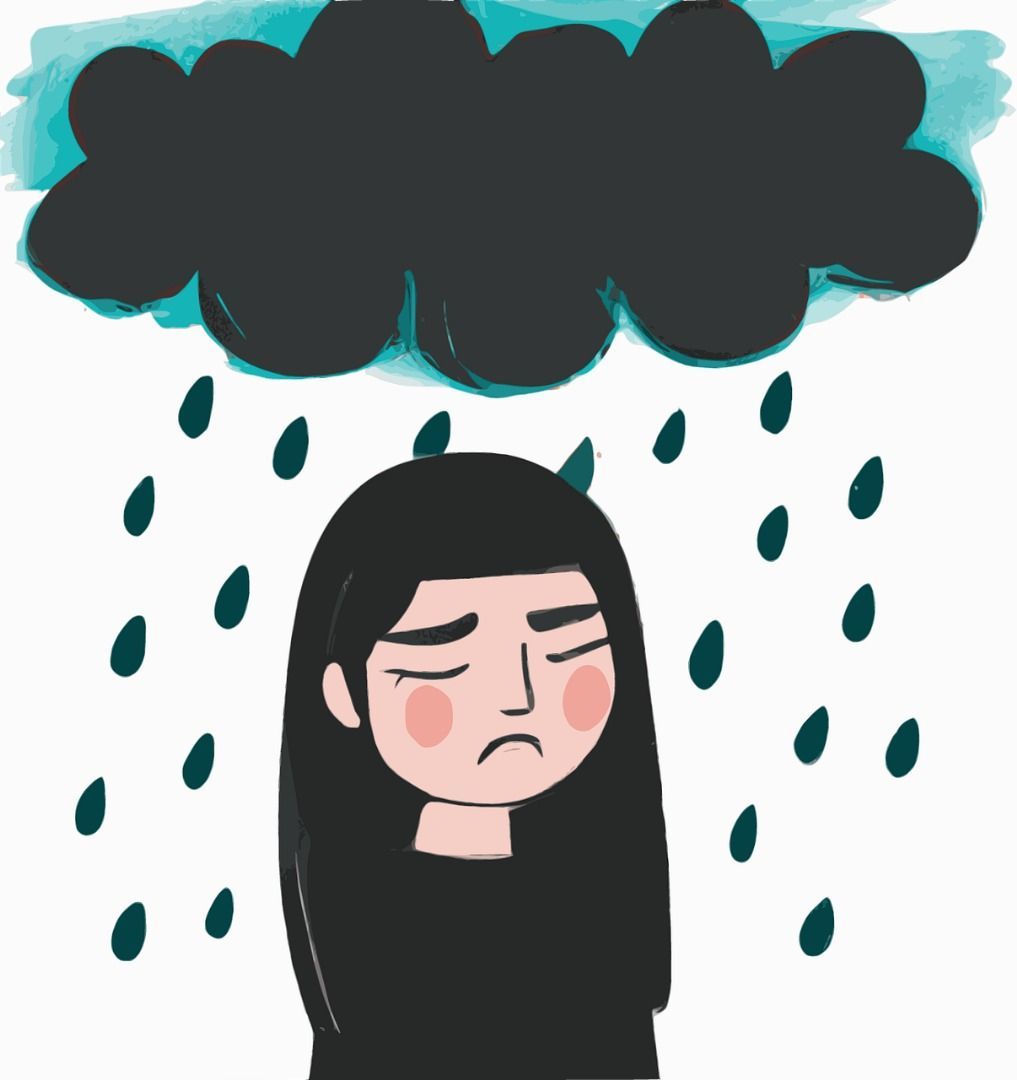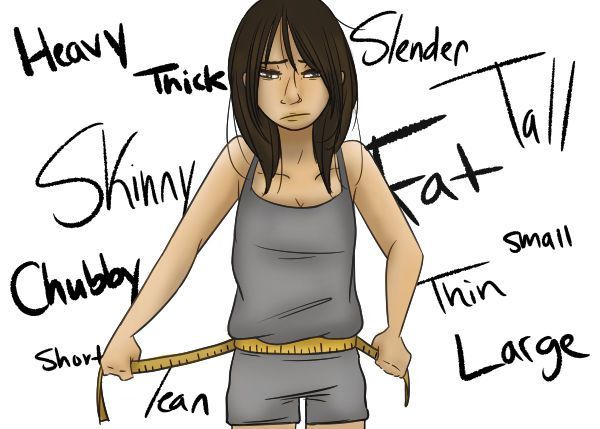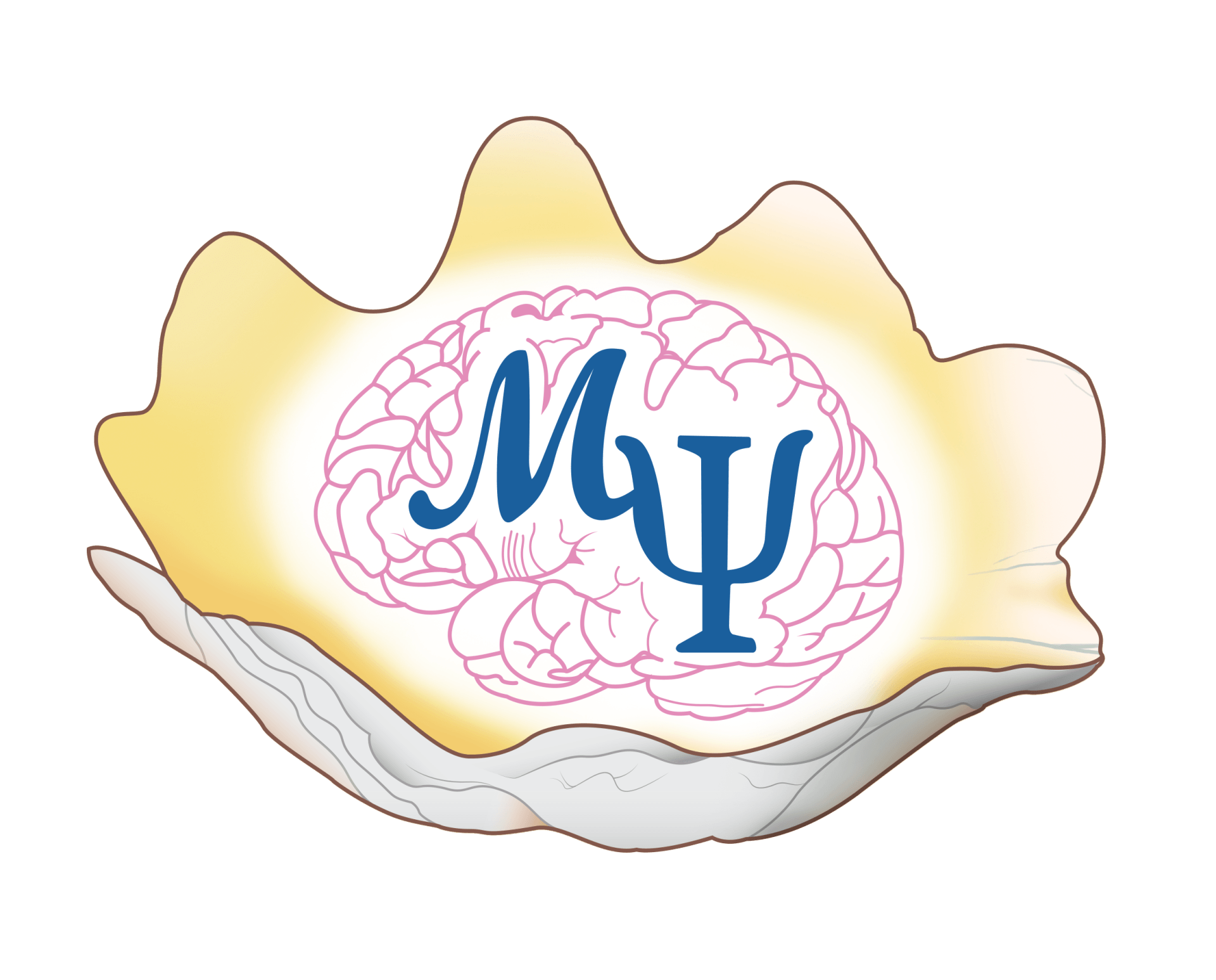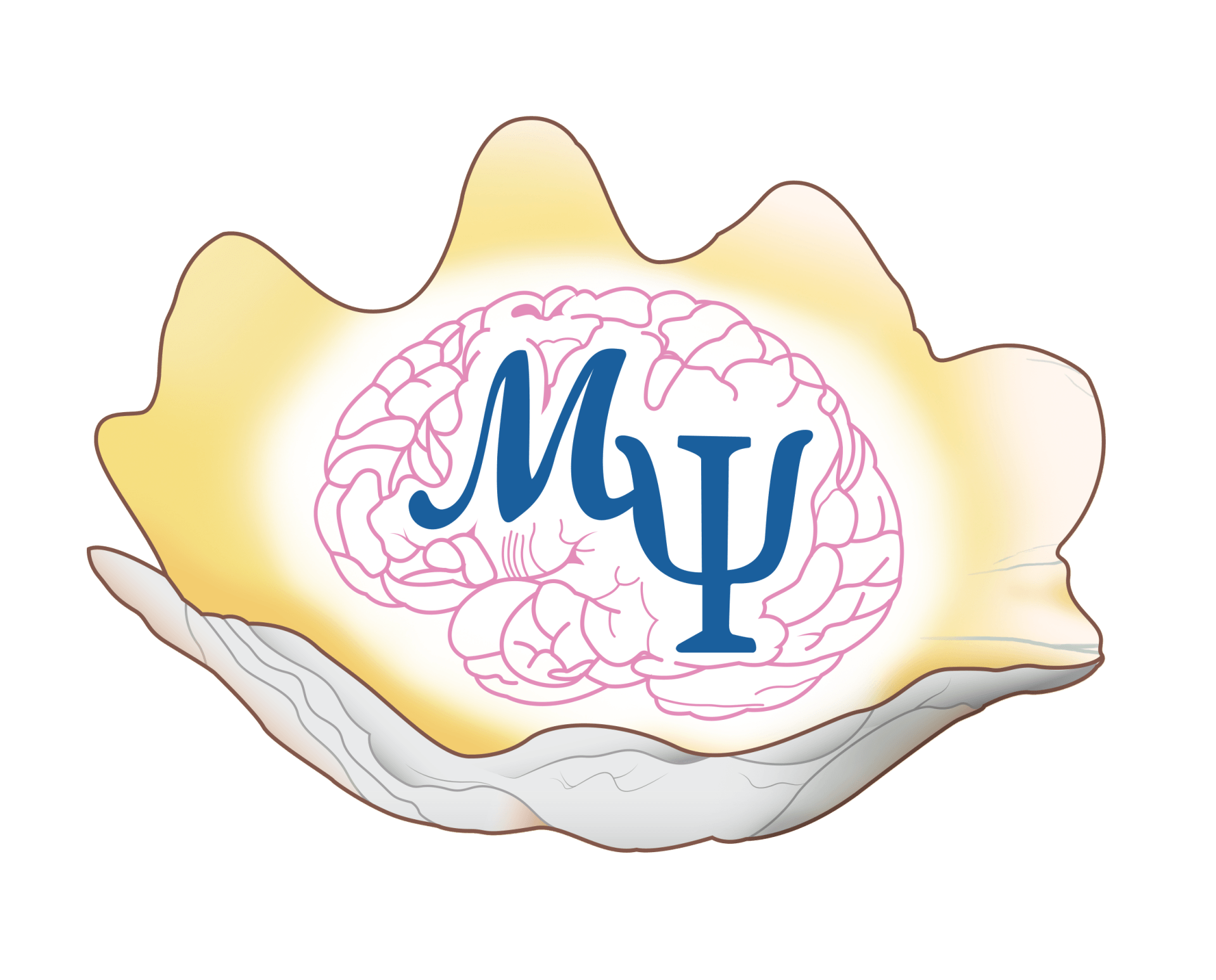Low Self-Esteem in Children
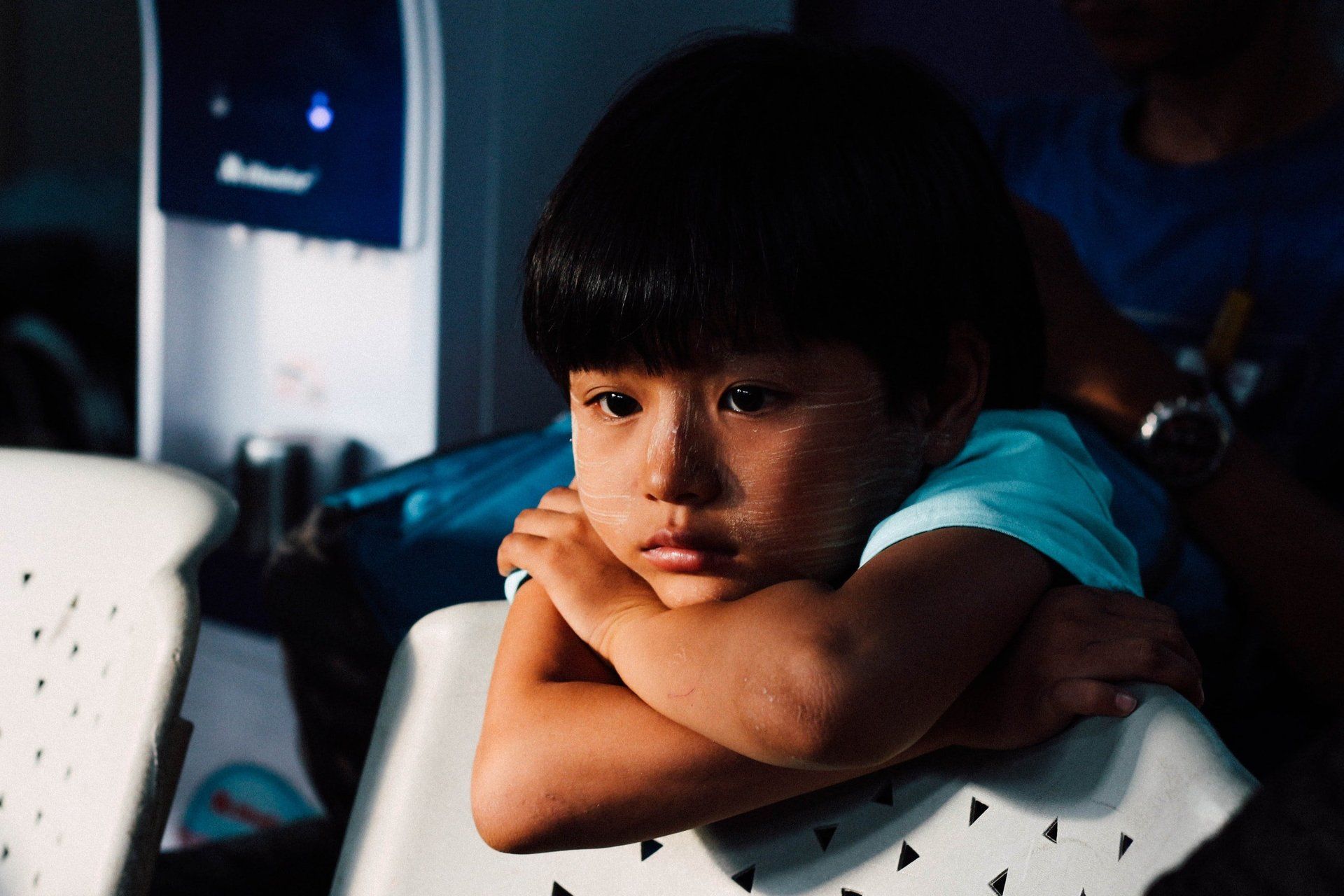
What is Self-Esteem?
Self-esteem is a word that hasn't left our lips from the time it was coined in 1890 by an American psychologist called William James.
Simply put, in children, self-esteem is how the child feels about him/herself. When someone has good self-esteem, it means that they value and see themselves under a positive light. A child with a healthy amount of self-esteem is able to:
- State what they are good at
- Feel as capable as other people
- Feel comfortable enough to try new things
- Understand that it is ok to make mistakes
- Is able to say what is on his/her mind
- Can still acknowledge their past achievements even after failure
- Feel comfortable with him/herself
- Find ways to motivate him/herself
What causes poor self-esteem?
Self-esteem develops as part of a child's identity. It is essentially how the child feels about himself regarding the expectations of the people around them. As a child grows and interacts with his world in multiple contexts (e.g. home, school, swim team, etc.), the people in his life are going to evaluate, react and respond to him based on his personality, performance, behavior and so forth.
The way people respond and react to children contains subtle messaging that tells the child something about himself. For example, a 7-year-old girl who is constantly told by her teacher what she has done wrong, but never what she has done right is probably going to start believing that she stupid or that nothing she does will ever be good enough. Another example would be a little boy who's told by his family that he's too skinny to play sports, the kid will then believe that skinny people cannot play sports and he would probably never feel confident enough to try playing a sport because of his weight. It is important to remember that children, not only have a tendency to internalize the subtle messaging they receive in their interactions but they also do not have the ability to question its validity. Hence, our good intentions aside (e.g. the teacher who believes that being harsh and critical is good for the child, or the parent who does not want their child getting hurt playing sports), it is important to keep in mind the subtle messages we are passing onto our children.
Does my child have low self-esteem?
Children often have trouble expressing how they feel about things that are not going so well for them. Hence, it is unlikely that a child will go up to someone and say, "I worry that I'm not good enough". Not because they don't want to, but because they have yet to develop emotionally to be able to do so.
There are two types of children who have low self-esteem: the internalizers and the externalizers. Internalizers are the ones who suffer in silence, feel helpless and alone in their situation. Whereas, the externalizers are the ones who are either frightened, confused or unaware of their emotions and have a tendency to act out.
Here are some behaviors to look out for:
- Child feels depressed, withdrawn or anxious
- Avoids challenging tasks and/or gives up easily
- Gets easily frustrated with challenging tasks
- Has trouble making or keeping friends
- Avoids social interactions with peers
- Exhibits aggressive behavior
- Uses negative self-talk (e.g. “I'm stupid”, “I
can't do anything”, “Nobody likes me”)
What are the consequences or poor self-esteem?
There are both short term and long-term consequences to having low self-esteem. The short-term consequences of low self-esteem are the ones that can be witnessed in a child as he/she grows and develops. The consequences can include social, emotional, intellectual and performance related issues in a variety of contexts. If a child's self-esteem is not mended, it can lead to a multitude of psychological issues ranging from depression, anxiety, social anxiety, eating disorders, interpersonal and occupational difficulties, and when it is severe, low self-esteem can lead to suicidal behavior. Hence, early intervention is imperative. The earlier the better because issues like low self-esteem tend to snowball, meaning that it builds upon itself and becomes a larger problem as time passes.
What can I do to help my child?
On the bright side, there is still a lot that can be done especially with children. Here are some tips to help you help your child build self-esteem:
1. Openly listen to and acknowledge your child's feelings. – This tells the child that it is ok to have feelings.
2. When a child struggles with problems:
a. Do not harshly criticize, demean of make fun of your child.
i. This tells the child that they shouldn't be struggling and that there is something wrong with him for struggling
b. Do encourage and assist him while allowing for some independence.
i. This tells the child that you believe in him and that it is ok to ask for/receive help.
c. Explain to your child understand that it is normal to struggle. Everyone struggles from time to time.
i. This helps your child set realistic expectations of himself.
3. Use realistic praise for efforts and accomplishments (e.g. "I love the effort you put in!" rather than "You are so smart!")
a. You want to set your child up for success, not failure
b. Set realistic and age-appropriate rules, expectations and responsibilities (e.g. it is not realistic to tell a 7-year-old to wait for 45 minutes without anything to keep him/her busy).
4. Discipline in a positive and non-judgmental manner while being fair and consistent.
a. Talk about the behavior, not character (e.g. "Hitting others is not nice" vs. "You are a bad boy/girl!")
b. Help child think of alternative behaviors (e.g. "What can you do instead?").
All in all, children are like seeds. Seeds need water, fertile soil and sun to grow and be the best plant it could possibly be. Children much like seeds, have a set of basic needs that have to be met in order to grow: love, nurture and encouragement. Criticizing them, setting standards that are much too high and not giving them the encouragement they need is the equivalent of having a seed grow up in an environment that is devoid of water, soil and sun. It might grow, but not to its full potential.
